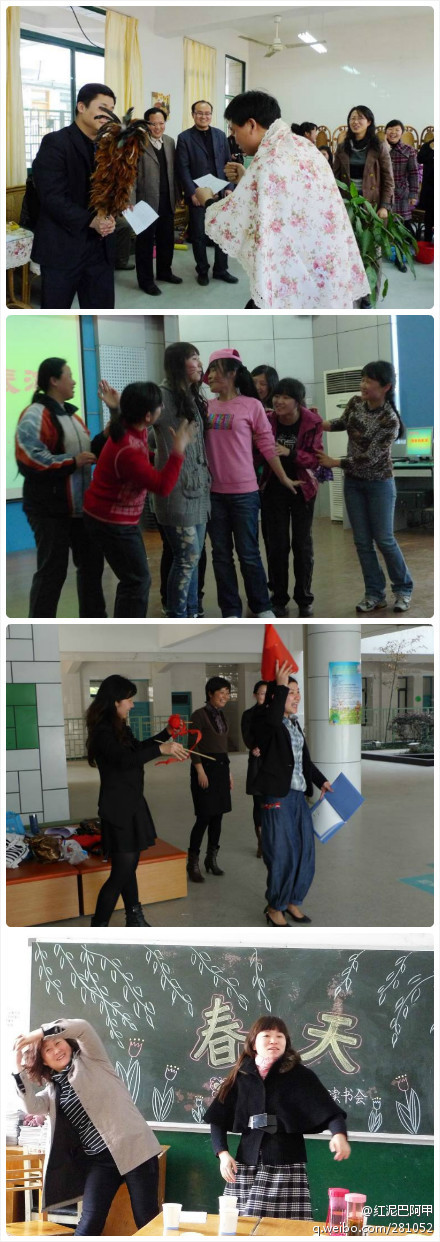I’ve recently read several books written by American teachers on using reading strategies in teaching, and while I’ve gained some insights, I’ve also been left with a feeling of deep emotion. I’ve scattered some of my thoughts here and there, scattered on Weibo, and I’ve compiled them here as another form of reading notes. Related articles:Some suggestions on regular reading classes
Teaching children to read is, to some extent, about guiding them to identify as readers (and, of course, proudly consider themselves members of the Tianxia Reading Club), and to read and think like mature readers. Therefore, we sometimes need to share our own experiences, showing them how mature readers like us do things and how we cultivate these skills. I understand this to be the oft-mentioned # reading strategy.
Many adults (teachers and parents) long to find a cheap # reading strategy that will easily and seemingly “professionally” teach children to read, or at least make it easier to handle reading comprehension questions on exams. I believe this desire stems primarily from a lack of understanding of the difficulties involved and an overly eager attitude that leads to overlooking potential downsides, such as developing aversion while helping children “learn.”
# reading strategy # is not impossible to teach, but it requires some basic conditions: the instructor must be a truly enthusiastic reader; the instructor can be a “half-ticket” reader at the moment, but must strive for self-growth and be good at summarizing his or her own and others’ experiences; it is necessary to clearly realize that the reading experiences of adult readers and children can be referenced, imitated, and complemented, but must not be equated; and one must dare to explore through failure.
Therefore, adults who hope to guide children to love and become proficient readers by skillfully teaching the # reading strategy should first read frequently themselves, especially children’s books (based on interest, not just a task), reflect on their own reading experiences, and observe children’s cognitive development and spontaneous reading responses. If possible, it’s best to have like-minded reading partners with whom to share and discuss frequently, such as Red Mud’s Children’s Classic Book Study Workshop.
For example, # reading strategies like connecting personal experiences and empathizing can be practiced through acting out story roles. However, teachers may not understand this approach or may not be able to apply it effectively. Therefore, the most effective approach is to have teachers study children’s books, experience it themselves through acting out, and enjoy it, so they can naturally apply it in the classroom. Simply put, adults must first learn to play with mud themselves!
Think of the # reading strategy as a bridge across a river. We need to find our own bridge, and if it’s already been torn down, we need to try to find it again. Then, using this bridge as a primary reference, help children find their own bridge. And remember that such bridges will eventually be torn down, and the best bridges will be demolished as soon as they’re crossed. For those on the journey, bridges are not the goal; for those who truly love reading, so-called strategies are merely temporary tools.
For example, asking real questions is a crucial component of the # reading strategy and a crucial means of making one’s thinking heard by oneself and others. However, in reality, we often regrettably see adults eager to coax children into expressing desired, predetermined answers, turning reading discussions into a form of punishment that tortures children who love reading. Therefore, we must first try to get adults to engage in discussions among themselves and learn not to punish themselves!
As for the more advanced # reading strategy of summarizing and generalizing, true readers believe in the saying, “For every 1,000 readers, there are 1,000 Hamlets.” However, from the perspective of test-taker, if the standard answer is this, even ten thousand Harry Potters can only answer one Hamlet! Therefore, we are trained from a young age to guess the main idea and central theme of paragraphs based on answers from textbooks. Teaching such a strategy is deeply harmful!
In general, I believe that in the initial stages of reading promotion, it’s best to minimize technicalization and consider the # reading strategy as an optional follow-up. A few teachers and parents interested in further exploration can first collaborate with like-minded individuals on children’s book (and especially emphasize children’s books!) reading activities, gradually accumulating knowledge and fostering mutual growth. Guiding children to love reading is actually an opportunity for our own growth.
The picture below shows the picture book drama written and performed by teachers from Hefei Study Workshop

Reading strategies in promoting children’s reading through casual chats on Weibo
